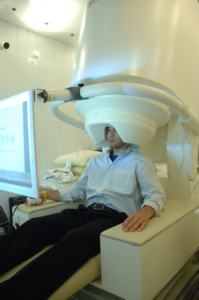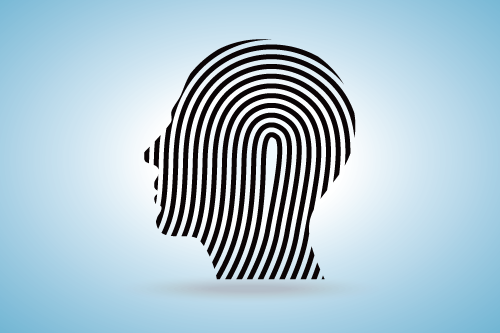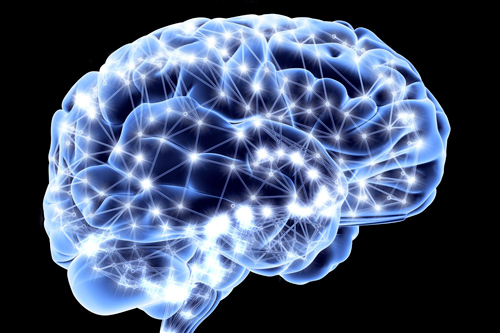 Imagine looking at a very detailed map, with color-coding to indicate which roads are highways or local streets. It shows you every exit, dirt road, cul-de-sac, and dead end. You can see big rivers and tiny streams. A wide range of landmarks that might interest you are identified, telling you exactly how to get to them and what you’ll find there.
Imagine looking at a very detailed map, with color-coding to indicate which roads are highways or local streets. It shows you every exit, dirt road, cul-de-sac, and dead end. You can see big rivers and tiny streams. A wide range of landmarks that might interest you are identified, telling you exactly how to get to them and what you’ll find there.
Now imagine the map you’re looking at is one of the human brain. This is what the Human Connectome Project (HCP) is all about.
“Some researchers are focusing on producing scans to provide a high-resolution brain map; others are assessing genetic and behavioral data to determine how they may cause individual differences in the brain.” “Connectome” refers to the extensive interconnections between neurons in the brain, and the HCP, a collaborative effort supported by the National Institutes of Health, is a five-year project launched in 2010. Its team of 36 biologists, physicians, computer scientists, and physicists at 11 institutions conducts research under the leadership of Washington University in St. Louis, the University of Minnesota, and Oxford University. This team is using advanced scanning technologies to map brain circuitry in 1,200 healthy adults. Some HCP researchers are focusing on producing scans to provide a high-resolution brain map; others are assessing genetic and behavioral data to determine how they may cause individual differences in the brain. Consider the magnitude of this research: The typical human brain has about 100 billion neurons—and each one of those neurons has about 10,000 connections. That’s one helluva roadmap!
Neuroscientists are being given access to this far-reaching data as different phases of the research are completed. The databank being created by the HCP will advance understanding of 7 key subject areas with major implications for well-being, including:
- Brain circuits that identify individual differences in cognition, perception, and personality
- Types of abnormal brain wiring and how they may aid prediction of human behavior
- The neural landscape of neurological disorders such as schizophrenia and autism in the brain
- Environmental influences that affect the process of wiring and rewiring the connections between neurons
- Specific genetic sequences that identify differences in neural connections responsible for variations in brain function and behavior
- Types of interventions that may be possible to help rewire the brain when there are faulty neural connections
- New noninvasive imaging tools that allow more advanced brain mapping of the human connectome

Magnetoencephalography (MEG) is a noninvasive technique for measuring the magnetic fields caused by the activity of neurons. By evaluating how these fields are distributed in the brain, MEG helps locate the sources of specific brain activity. This measurement provides useful information about both brain structure and function.
On March 4, 2014, the HCP released its latest dataset from its extensive research effort, its fourth such release since September 2013. The latest installment features information collected using magnetoencephalography (MEG) and magnetic resonance imaging (MRI) in a group of healthy adults at rest and during three tasks that measured sensory, motor, and cognitive task performance.
According to Francis Collins, M.D., Ph.D., on the National Institutes of Health website, one of the HCP’s most far-reaching findings to date is that “the brain’s neurons are not the haphazard tangle that some had thought, but are arranged in a tidy grid that resembles a city street map.”
We’ll keep Rewire Me readers updated as the HCP achieves new milestones in its cutting-edge mapping of our minds. Stay tuned!
Related Reading




2 Comments
Pamela
Fascinating!